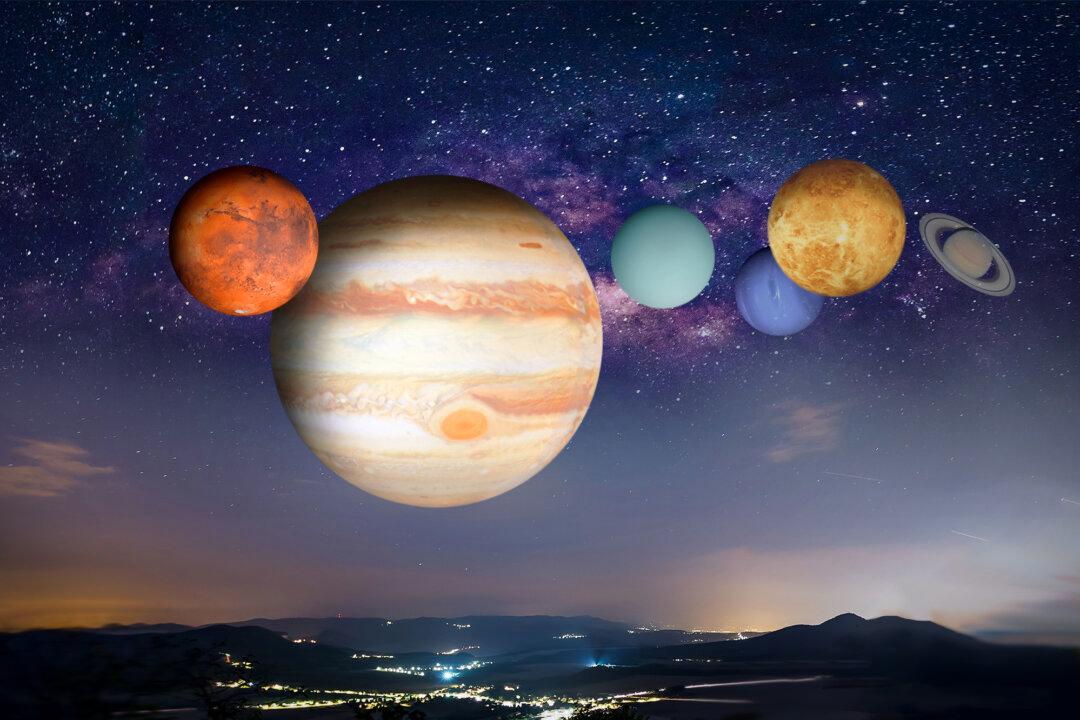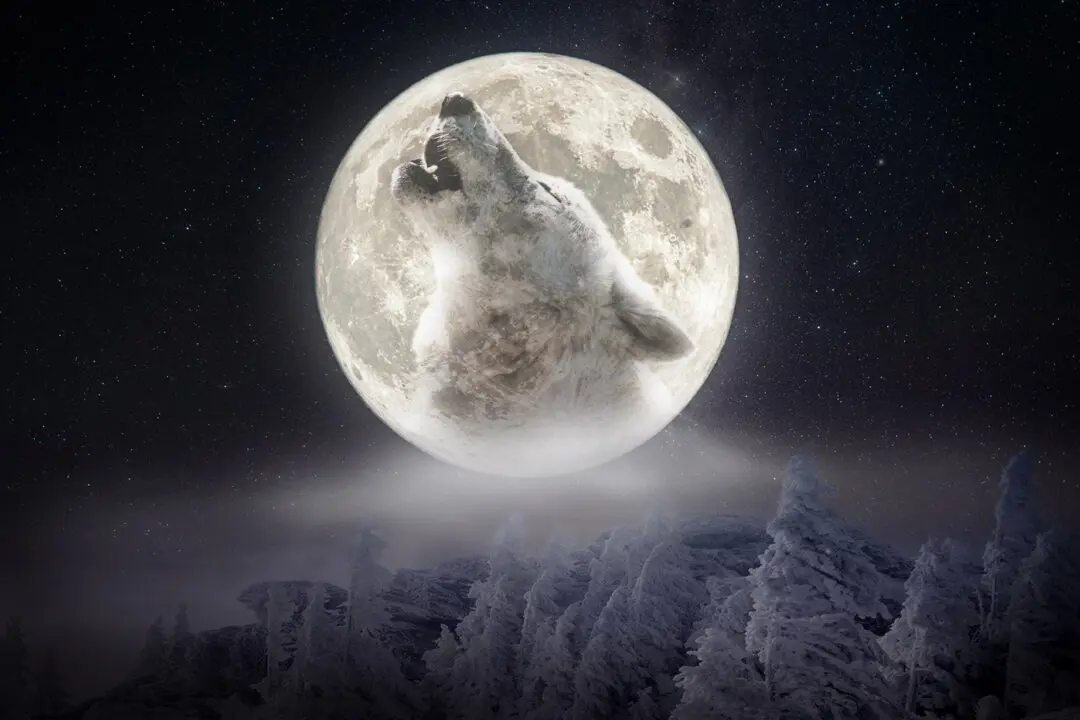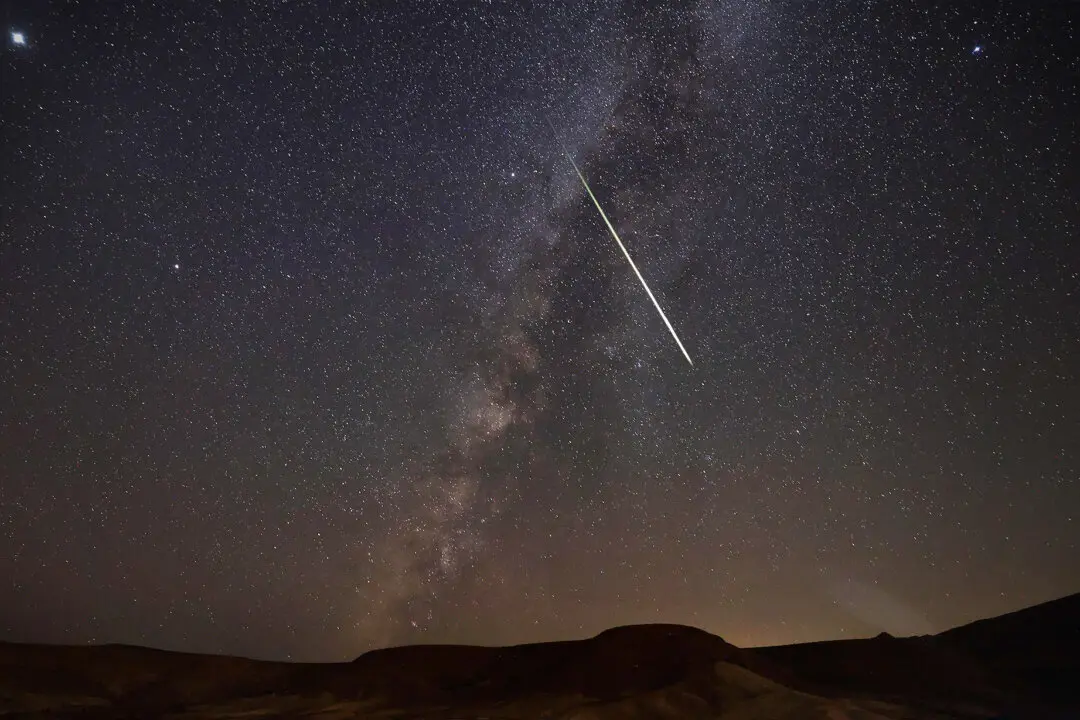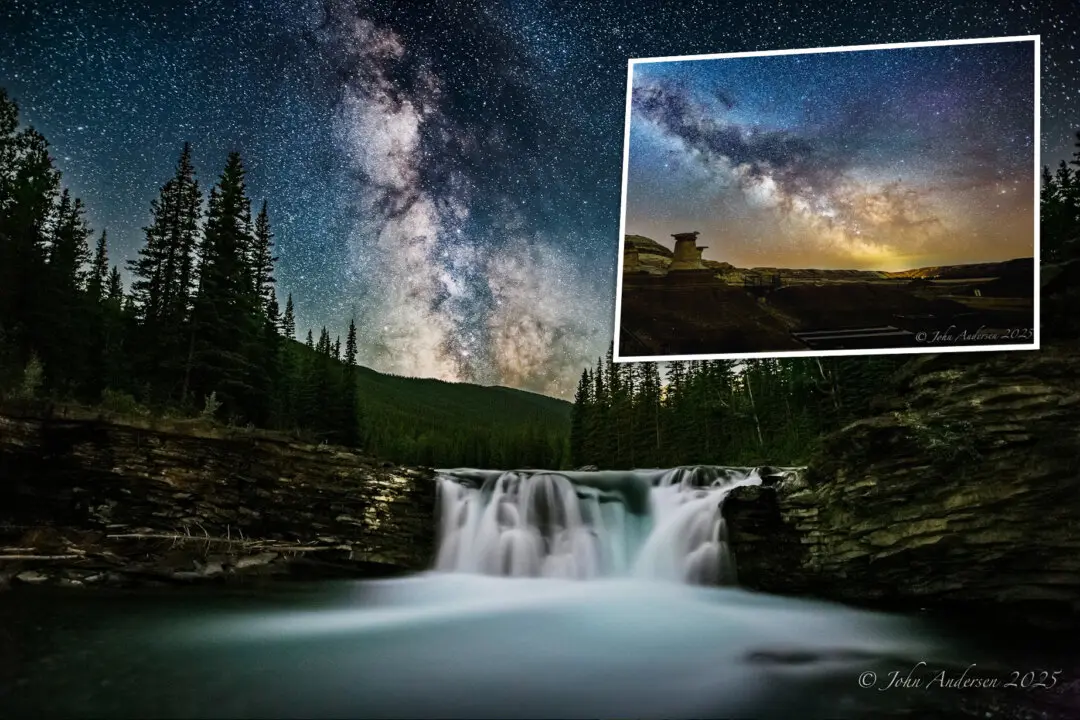You won’t need binoculars to penetrate the obscurity of space and spot several planets forming a large “parade” late January. It will be, technically speaking, a large planetary alignment wherein six planets will all line up among the groves of stars.
Five of the six will be visible to the naked eye. All of them—Mars, Jupiter, Uranus, Neptune, Venus, and Saturn—will be present on the night, but the brightness of Neptune will be insufficient to see without powerful binoculars while Uranus will be just visible without optical aid.





